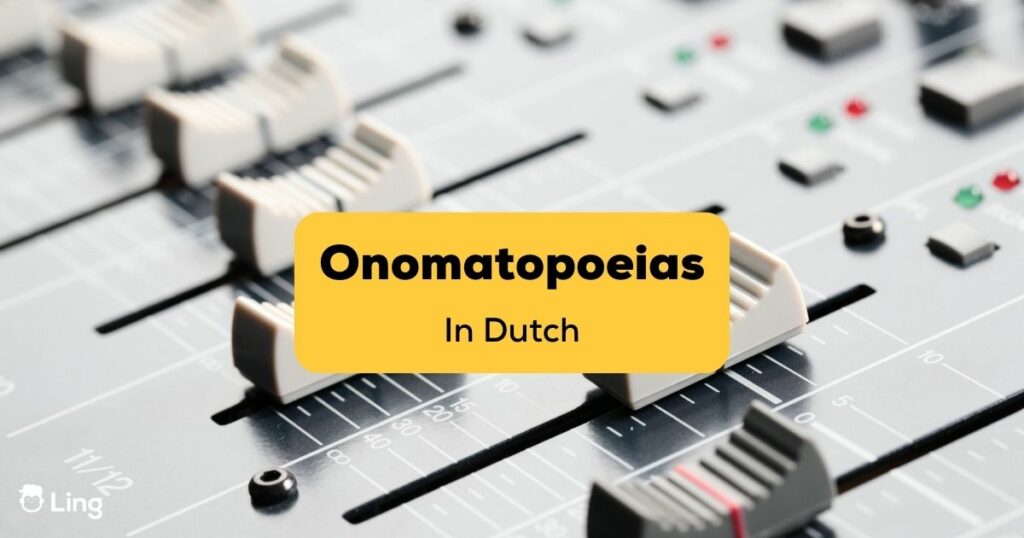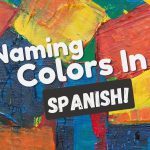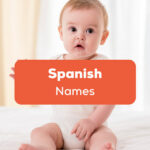Have you ever thought about why languages have different words for the same sounds? If a horse makes the same signature sound in the US, and 7,000 km away in the Netherlands, why do these languages use different words to describe it? (The US: A horse neighs.) (The Netherlands: Een paard hinnikt.) Why is ‘neigh’ (hinnikt) different in Dutch than in English? Dutch onomatopoeias are different from English ones!
The word ‘neigh’ is an onomatopoeia: a word formed from the sound associated with what it’s named. The phenomenon of onomatopoeias highlights a fascinating aspect of language: they are interpretations of sounds filtered through the phonemes & specific elements of a given language. Interesting, right?
Today, we will look at Dutch onomatopoeias and compare them to English onomatopoeias. Dutch is linguistically very close to English, as they are both West Germanic languages. Because of this, many onomatopoeias are similar to each other in spelling and pronunciation. Still, there are many differences, some onomatopoeic words which will surprise you! Woef Woef, Niii, Boe! Let’s dive in and learn something new today!
Want more fun Dutch learning materials? Check out Dutch idioms & the best Dutch movies to learn the language.
History Of Onomatopoeias

The English term ‘onomatopoeia’ comes from the Greek ‘name-making,’ from onomato (name) & poeia (making).
Even though the underlying sound is the same in each place, onomatopoeias fluctuate worldwide. Sounds are expressed through unique ‘consonant strings’ in different languages worldwide. Why does this occur?
Although no precise studies ever showed an exact answer to this question, some theorized that the origin of the first human language imitated natural sounds (bow wow theory). Though it has been discredited as the sole origin of language theory, there is evidence to suggest that imitative sounds were critical in the evolution of language.
Today, it is still a great mystery as to why onomatopoeias differ so drastically in some languages but stay the same in others. For example, why do cows ‘moo’ in most languages, but only in English do turkeys go ‘gobble gobble’? There are some strange outliers worldwide, but it only adds to the fun of learning a new language!
There are so many new sounds to learn … it’s its own giant subset of learning any new language! Hundreds of sounds are classified as onomatopoeias, most of which we don’t even think about in our native languages! Let’s dive into Dutch onomatopoeias so you can be one step closer to mastering the niche linguistic aspects of this language! Also, it’s quite funny to learn onomatopoeias in another language. Get ready to giggle!
Dutch Onomatopoeias – Animal Sounds
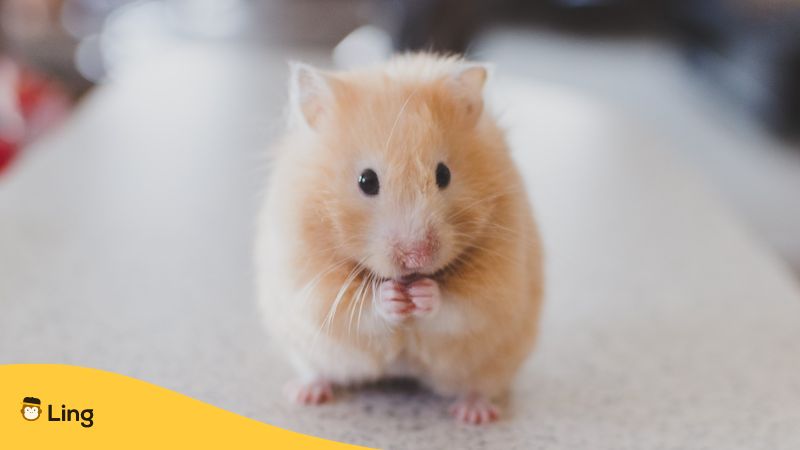
Animal onomatopoeias are the most well-known and commonly used in daily life. Let’s see how Dutch animal noises compare to English! Here is a list of animal names of Dutch vs. English onomatopoeias.
Dutch Onomatopoeias – Food, Drink, & Bodily Function Sounds

Consuming food and involuntary bodily functions are other common subsets of onomatopoeic words used daily. How do Dutch people say these words?
Dutch Onomatopeias – Other Miscellaneous Sounds
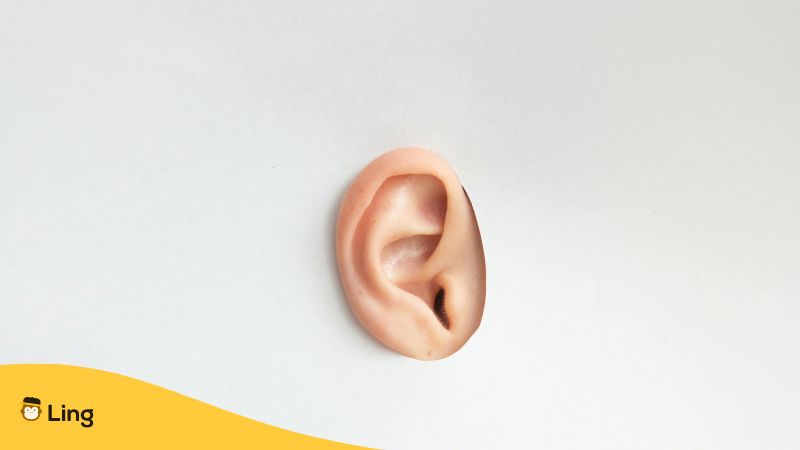
Like I mentioned before, there are hundreds of onomatopoeias used in language that we don’t even think about. Here are the ones that didn’t fit in another category!
Learn Dutch With Ling
Learning onomatopeias is a fun way to become a more balanced and fluent Dutch speaker. Take a break from difficult grammar tenses and practice the following silly phrases to bust out in conversation!
Want more resources to help you learn Dutch? Download the language-learning Ling App today from the App Store and Play Store. It is a highly researched app meant for a fun and personalized language-learning experience. Aside from Dutch, there are over 60+ foreign languages to learn on Ling. Download it today!
